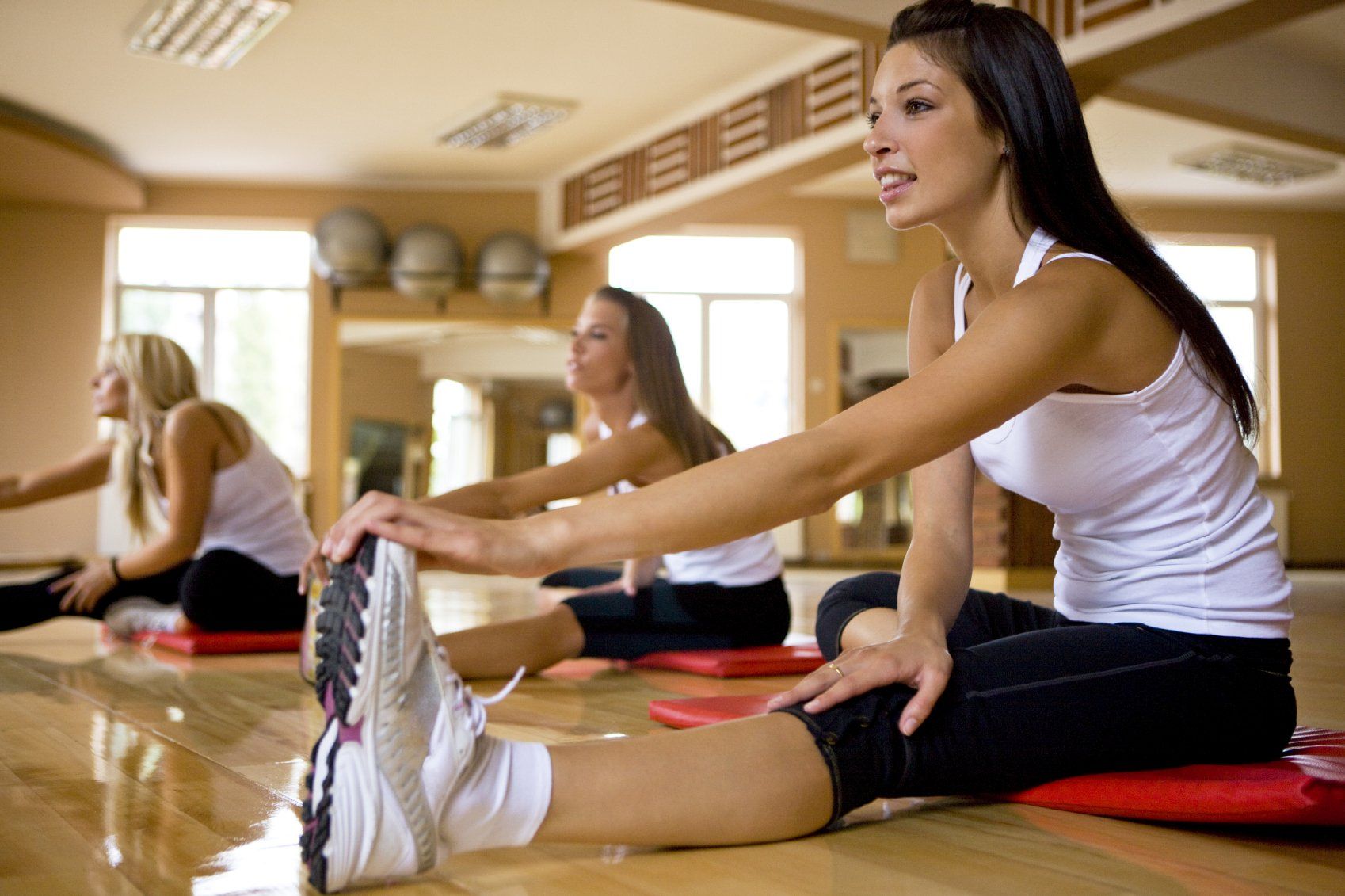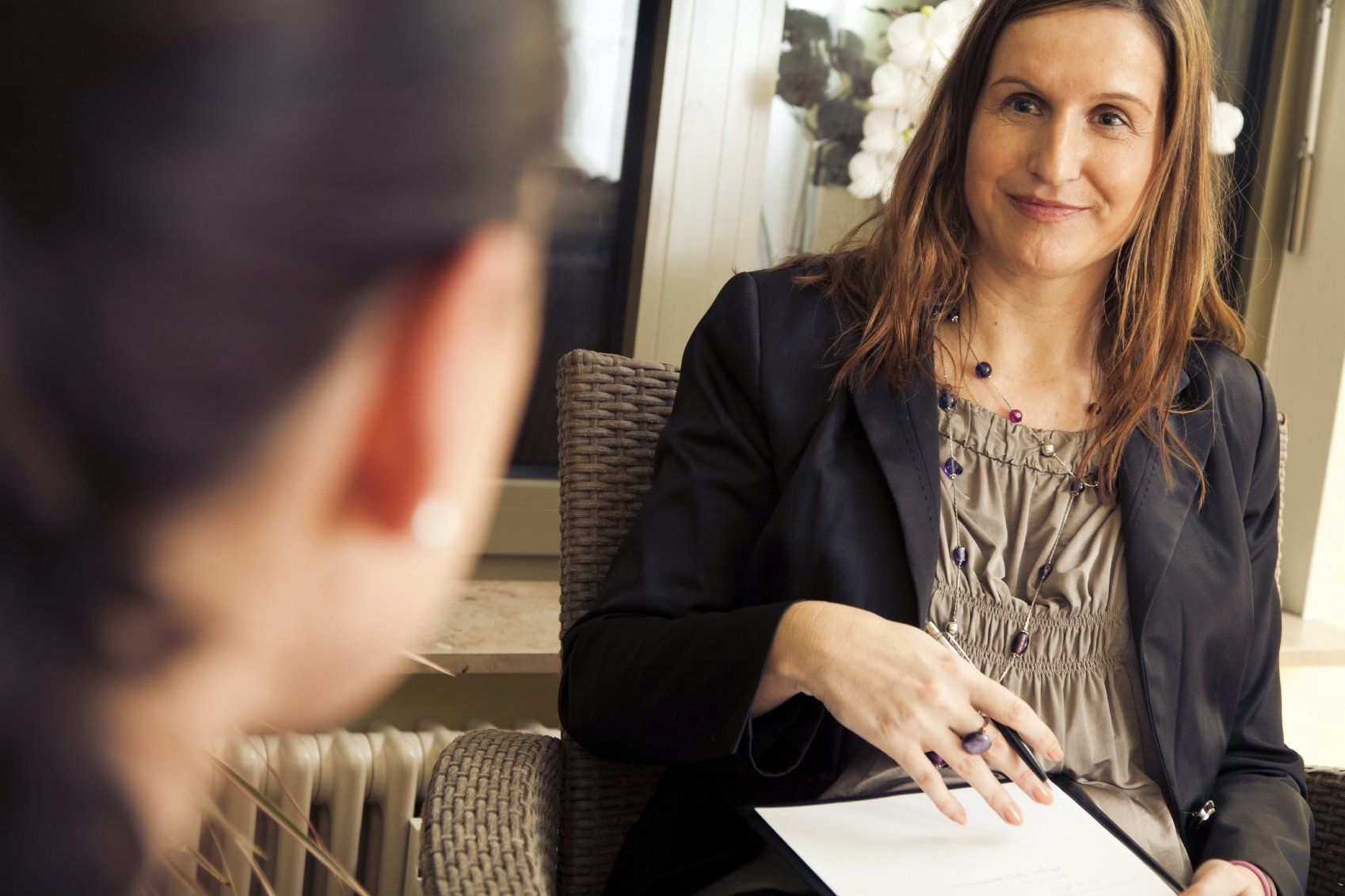Vascular EDS (vEDS)
VEDS Conference 2025 ticket sales end Sunday 27 April click here to book
0800 917 8495Need Support & Advice?
0161 797 4746Weekdays 9am - 5pm
We will be closed Friday 18th until Tuesday 22nd, April
What is vascular EDS?
- Tendency to bruise very easily because the blood vessels are more fragile.
- Thin skin which makes small blood vessels visible on the upper chest, and legs.
- Risk of hollow organ rupture, most commonly the large bowel. There is also a risk of rupture of the spleen, or the uterus (womb) in pregnancy.
- Fragile blood vessels (arteries) which can lead to major complications, including rupture, dissections or aneurysms.
- Varicose veins developing at a younger age than usual.
- Facial features, including a thin nose and lips, large eyes, small earlobes and fine hair.
- Gum problems, such as bleeding or receding gums.
- Partial collapse of the lung called a pneumothorax.
- Premature ageing of the skin on hands and feet.
- Sleeping with eye lids partially open.
- Hypermobility of small joints (i.e. fingers and toes).
- Wounds may take longer to heal.
- Club foot (Talipes) at birth.
EDS Service
We work closely with the EDS National Diagnostic Service, a highly specialised service commissioned by NHS England for individuals and families who are suspected to have complex Ehlers-Danlos Syndrome.
Established in 2009 the service runs two specialist clinics for patients based at Sheffield Northern General Hospital and the Northwick Park & St Mark's Hospitals in London.

In the latest Patient Perspectives by Front Line Genomics, we are joined by Jared Griffin, the Founder and CEO of Annabelle’s Challenge. In 2012, Jared's daughter Annabelle was diagnosed with vEDS, a rare connective tissue disorder, which led him to launch the charity in 2013. In our chat, Jared discusses what the journey was like to get a diagnosis, what it has been like starting a charity from scratch and the exciting projects that are upcoming.
- A new gene mutation (de novo), a term used to describe a change in the DNA sequence of a gene that is seen for the first time in a person and has not appeared in previous generations.
- Inherited from a parent (autosomal dominant inheritance).

This short animation from the Genomics Education Programme shows how autosomal dominant conditions are inherited, and explains the probability of an affected parent passing on the condition to their children.

- Strenuous contact sports where there is a high risk of a physical blow to the body.
- Individuals with vascular EDS should avoid sudden changes of load e.g. lifting very heavy weights, sudden changes of acceleration (sprinting), isometric exercises such as weight training and riding on roller coasters.
- Strenuous household tasks involving lifting or pushing large or heavy objects.
- Archery, Basketball, Bouncy Castles, Boxing, Bungee Jumps, Deep Sea Diving, Distance Running, Golf, Hand Gliding, High Diving, Intense Football, Judo, Karate, Martial Arts, Mountaineering, Rowing, Rugby, Scuba Diving, Skiing, Sky diving, Squash, Trampolining and Wrestling.
- Smoking / Vaping.
- Brass and woodwind musical instruments also involve physical exertion, so alternative instruments may be more suitable.
- Regular aerobic exercise performed in moderation.
- Arts and Crafts, Badminton, Bowls, Cycling, Dance, Drama, Fishing, Gardening, Gymnastics, Hiking, Kwik Cricket, Light Jogging, Orienteering, Pottery, Photography, Physio, Refereeing, Rounders, Swimming, Table Tennis, Tag-Rugby, Tai Chi, Tennis, Walking, Yoga and Zumba.
- Go on vacation! Air travel is not considered to increase the risks of rupture.
Living with vascular EDS
Although you may have been diagnosed recently you will have had vascular EDS since the moment you were conceived. Some people will have had a normal childhood and may not experience any significant problems until much later in life. Others will have had signs of vascular EDS from a young age.
Day to day many people with vascular EDS are physically fit and well. However, people with vascular EDS have a risk of problems due to fragile blood vessels and hollow organs which could rupture. These events are unpredictable so they usually result in emergency situations. At such times it is essential that medical professionals have information about your diagnosis so that you get the right medical care quickly.
It can be challenging coming to terms with and living with this knowledge. The diagnosis can be worrying and some people will suffer with anxiety because of the future uncertainties. It can be helpful to learn strategies to cope with these feelings. Some people benefit from counselling sessions to help them adjust to their new status and living with the risks.
The risks cannot be eliminated, but sensible precautions can be taken to avoid activities that may pose a higher threat.
Becoming your own self-advocate
It’s a must for anyone who’s managing a serious rare disease such as vascular EDS and for those who are caregivers. You’ll feel more prepared to self-advocate if you start learning all you can about vascular EDS, especially about how to get access to the medical care you need, and any scans that may be required such as a CT or MRI.
It is not uncommon for someone with vascular EDS to attend their local Emergency Department, only to find that the medical staff have very little of no knowledge of the condition, they might suggest they know about Ehlers Danlos syndrome (EDS) when in fact they probably know absolutely nothing about the vascular type EDS.
You and/or your caregiver will need to become self-advocates. Advocacy is important because it may reduce the chances of errors, incorrect discharge and harm to a vascular EDS patient. Primarily, nurses may need to speak on behalf of you and/or your caregiver and collaborate with the healthcare team.
Being a self-advocate means learning how to be direct about what you think you may need in terms of your treatment plan. It also means listening and learning from your health care providers, all of whom are experts in their fields. From these discussions, you and your medical team can develop a plan that works for you. Being a self-advocate also means asking for help when you need it.
Be confident, voice your opinion, be firm and be positive.
Annabelle's Challenge will support you in becoming your own self-advocate, call us on 0800 917 8495 for advice.
Remember you are not alone, we are here to support you!
Management of vascular EDS - our experience by Dr Glenda Sobey, Lead Consultant EDS Service.
What are the Ehlers-Danlos syndromes?
- Classical EDS (cEDS)
- Classical-like EDS (clEDS)
- Cardiac-valvular EDS (cvEDS)
- Vascular EDS (vEDS)
- Hypermobile EDS (hEDS)
- Arthrochalasia EDS (aEDS)
- Dermatosparaxis EDS (dEDS)
- Kyphoscoliotic EDS (kEDS)
- Brittle Cornea Syndrome (BCS)
- Spondylodysplastic EDS (spEDS)
- Musculocontractural EDS (mcEDS)
- Myopathic EDS (mEDS)
- Periodontal EDS (pEDS)
Meet Ehlers & Danlos
Page last updated: December 2024




















